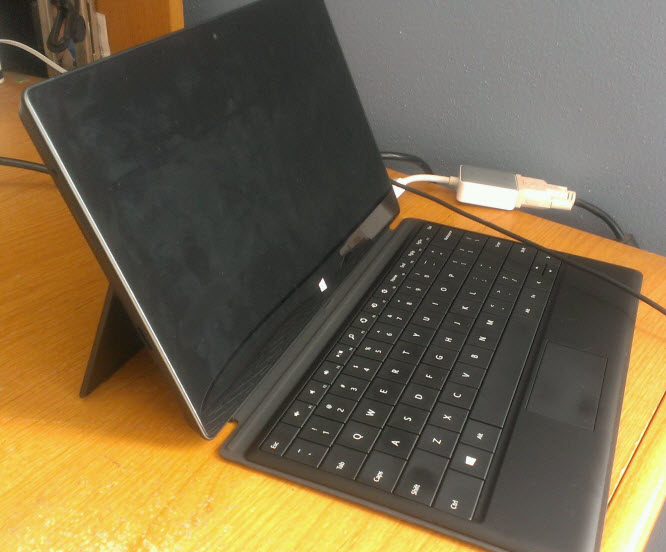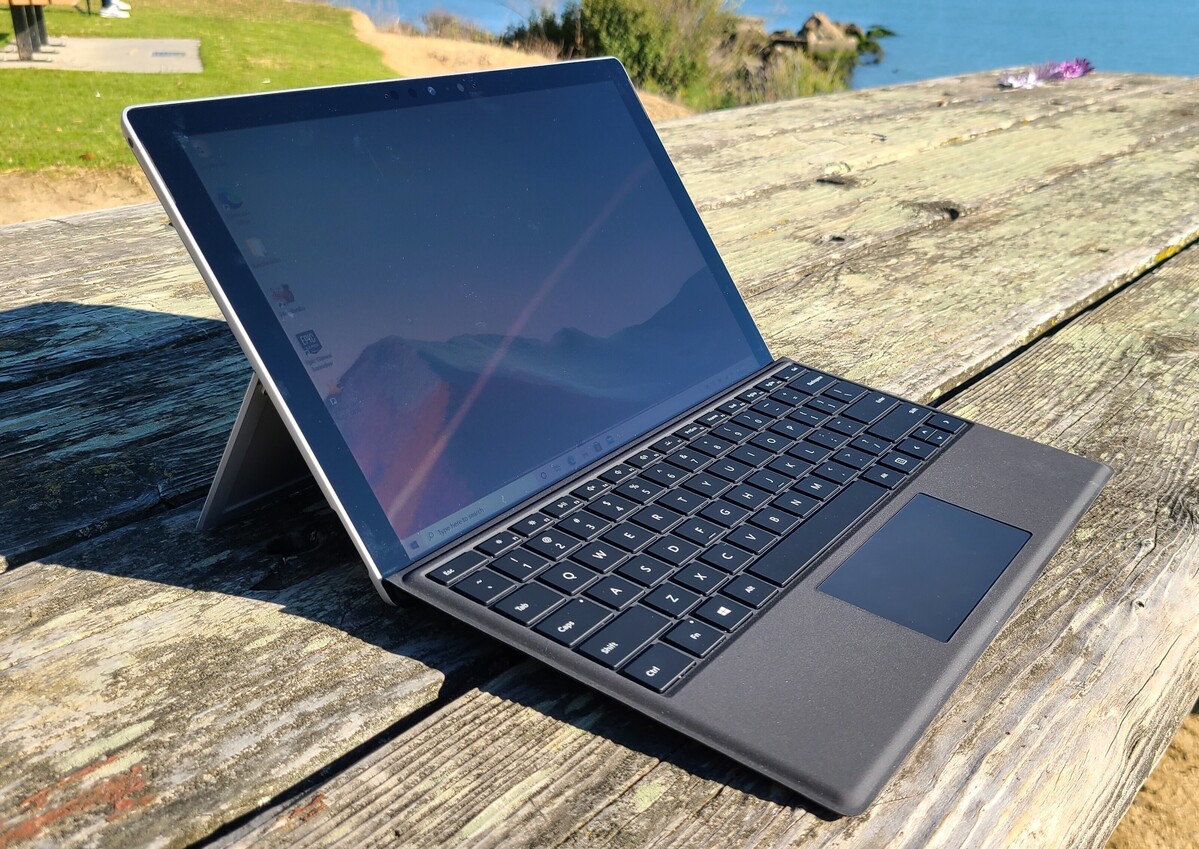
It covered 99% of the sRGB colour gamut and 77% of the punchier DCI-P3 space, and the end result is a gorgeous image. For instance, you can switch between Vivid and sRGB colour profiles, switch off the screen’s adaptive brightness and activate the Adaptive Colour option this changes the panel’s colour temperature based on the environment, which is better for reducing eye-fatigue but not always desirable.įor testing, we kept the Surface Pro 8 in its default Vivid option but switched off all the automatic options. You’ll need to manually change the setting in the Display window, but it’s worth visiting here to check out your options. We didn’t notice much difference in standard Windows applications, but there is an obvious lift in games. You can also switch to a 120Hz refresh rate rather than 60Hz. The Surface Pro’s famous adjustable kickstand is still present and correct, and the machine looks as classy and boardroom-ready as it ever did. This new look includes more rounded edges, smaller screen bezels, and a generally sleeker (if slightly less distinctive) silhouette. Microsoft Surface Pro 8 review: Designįor the first time in what feels like several years, the design of Microsoft’s flagship ultraportable has been refreshed for this latest model.

While it sticks with 11th gen silicon, it now offers Thunderbolt 4, a bigger screen, and a significantly improved stylus, making it one of the better Windows laptops on the market.

Thankfully, there is much more to say about the Surface Pro 8. Surface Pro (Silver) at Amazon for $569.92 (opens in new tab).

Faster, thanks to an 11th generation Core processor, but aside from 4G options it brought nothing to make the heart beat faster. We were left underwhelmed by the Surface Pro 7+, which proved to be a minor upgrade on the Surface Pro 7.


 0 kommentar(er)
0 kommentar(er)
